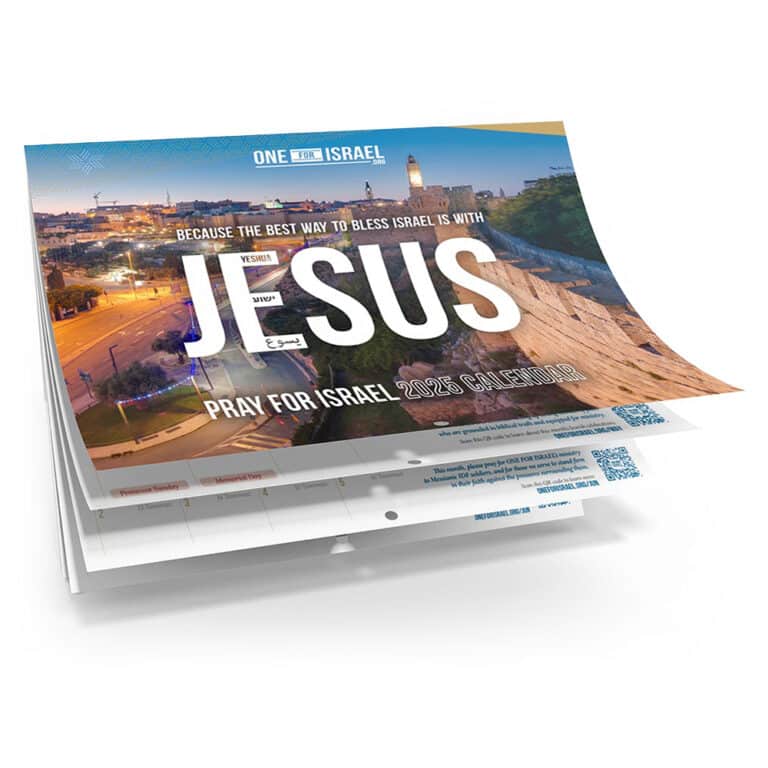The seal of King Hezekiah was recently discovered close to Hezekiah’s tunnel in the City of David, and earlier this year, yet another significant seal surfaced with what appeared to be the name of Isaiah the Prophet!
However, the seal was missing a piece and it is not clear whether it in fact was Isaiah the Prophet or another Isaiah. Experts are still arguing about it. However, we can say for sure that Isaiah was not only a contemporary of Hezekiah, but according to the Bible, the two men knew each other, met together, and Isaiah gave Hezekiah counsel. We can see this in Isaiah 38 and also in 2 Kings chapter 19:
Then Isaiah the son of Amoz sent to Hezekiah saying, “Thus says the Lord, the God of Israel, ‘Because you have prayed to Me about Sennacherib king of Assyria, I have heard you.’ (2 Kings 19:20)
According to Eilat Mazar, the fact that the two seals were found within ten feet of one another does “…seem to leave open the possibility that, despite the difficulties presented by the bulla’s damaged area, this may have been a seal impression of Isaiah the prophet, adviser to King Hezekiah.”[1] It’s true that the writing is indeed typical of eighth century BC Hebrew, and there is also strong evidence of the Biblical events of this era, according to Haaretz:
“During Hezekiah’s reign, the kingdom was invaded by King Sennacherib of Assyria, an event described in Isaiah 36-37 and corroborated by the extra-biblical account inscribed in the Annals of Sennacherib Prism, the Rassam Cylinder and also Histories, written by the 5th century B.C.E. Greek Herodotus”.
The article tells us that expert Alan Millard, professor of Hebrew and Semitic Languages at Liverpool University, “sees no reason to doubt that Isaiah was a real person who lived in the reigns of Sargon II, then Sennacherib – that being the Assyrian king who marched through Judah, conquering 46 of King Hezekiah’s fortified cities, but who mysteriously withdrew after reaching Jerusalem just as victory over the cowed Judahite king seemed assured.” [2]
Rather amazingly, the Israeli broadsheet also comments on the content of Isaiah’s prophetic writings, reporting that,
“Isaiah foretold a number of details about the coming of the Messiah.”
The secular newspaper proceeds to give a rundown of Isaiah’s Messianic prophecy to its Israeli audience! Here’s what they wrote:
“It is a paragraph by Isaiah that has become one of the most controversial passages in the Old Testament. As the King James Version translates Isaiah 7:14:
“Therefore the Lord himself shall give you a sign;
Behold, a virgin shall conceive, and bear a son”…
“Isaiah also foretold that the Messiah would be a descendant of David (Isaiah 11:1-5). He predicted that the Messiah would not be accepted by the majority of Israel and instead be a “stone of stumbling” to them (Isaiah 8:14,15). In the book of Isaiah, the Messiah prophetically says:
“My back I gave to the strikers
my face did not conceal from humiliating things and spit” (Isaiah 50:6).
“He even gave details of the Messiah’s death, foretelling:
“He will make his burial place even with the wicked ones,
and with the rich class in death” (Isaiah 53:9).
“Finally Isaiah spoke of the meaning of the Messiah’s death:
“The righteous one, my servant, will bring a righteous standing to many people;
and their errors he himself will bear” (Isaiah 53:8,11).
“Many Christians today identify the Messiah with Jesus Christ, and view Isaiah’s prophecies regarding the Messiah as fulfilled by the works and life of Jesus Christ.”[3]
Well amen to that. Whether or not that seal actually belonged to the prophet or not, the truth of the Scriptures is coming to light more and more all the time with every archaeological dig. Moreover, Isaiah’s words about the Messiah are still speaking to Israel today – even through the daily paper.
For more study articles, videos and up to the minute ONE FOR ISRAEL news
follow us on
Facebook, Twitter, Instagram, YouTube
or subscribe to our blog and newsletter!
[1] National Geographic, Has the ‘Signature’ of Biblical Prophet Isaiah Been Discovered?, Kristin Romey, Feb 21, 2018
[2] HaAretz, Isaiah the Prophet, Man or Biblical Myth: The Archaeological Evidence, Philippe Bohstrom,
















